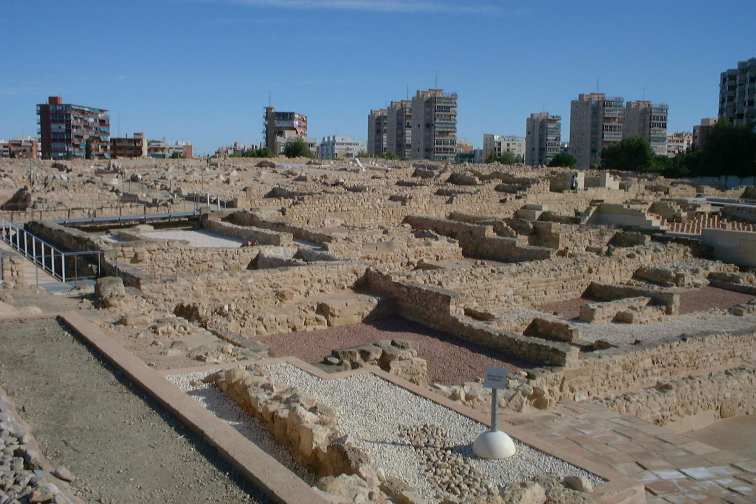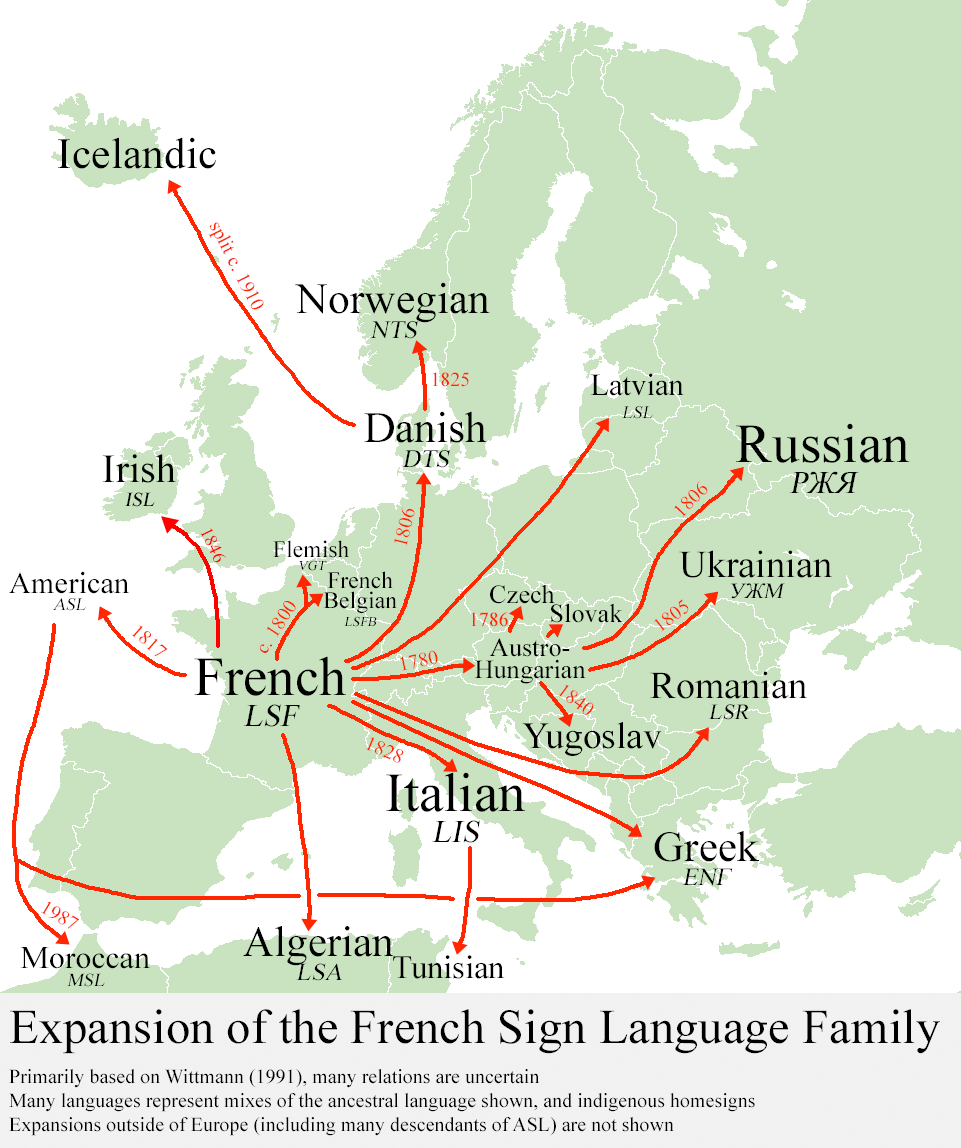|
Valencian Sign Language
Valencian Sign Language ( ), or LSV,Also abbreviated as LSCV (for ''Llengua de signes de la Comunitat Valenciana'') and LSPV (for ''Llengua de signes del País Valencià'') is a sign language used by deaf people in the Valencian Community, Spain. It is closely related to Catalan Sign Language (LSC); they are variously described as similar languages or as dialects of a single language. Valencia was the first Spanish autonomous community The autonomous communities () are the first-level administrative divisions of Spain, created in accordance with the Spanish Constitution of 1978, with the aim of guaranteeing limited autonomy to the nationalities and regions that make up Sp ... to support the use of sign language in the Statute of Autonomy, but does not specify which sign language is to be used. The use of LSV in Valencia has, however, diminished and is restricted to administrative communications and occasional usage in the media. Learning LSV * "''¡A Signar!''", Int ... [...More Info...] [...Related Items...] OR: [Wikipedia] [Google] [Baidu] |
Spain
Spain, or the Kingdom of Spain, is a country in Southern Europe, Southern and Western Europe with territories in North Africa. Featuring the Punta de Tarifa, southernmost point of continental Europe, it is the largest country in Southern Europe and the fourth-most populous European Union member state. Spanning across the majority of the Iberian Peninsula, its territory also includes the Canary Islands, in the Eastern Atlantic Ocean, the Balearic Islands, in the Western Mediterranean Sea, and the Autonomous communities of Spain#Autonomous cities, autonomous cities of Ceuta and Melilla, in mainland Africa. Peninsular Spain is bordered to the north by France, Andorra, and the Bay of Biscay; to the east and south by the Mediterranean Sea and Gibraltar; and to the west by Portugal and the Atlantic Ocean. Spain's capital and List of largest cities in Spain, largest city is Madrid, and other major List of metropolitan areas in Spain, urban areas include Barcelona, Valencia, Seville, ... [...More Info...] [...Related Items...] OR: [Wikipedia] [Google] [Baidu] |
Valencian Community
The Valencian Community is an Autonomous communities of Spain, autonomous community of Spain. It is the fourth most populous Spanish Autonomous communities of Spain, autonomous community after Andalusia, Catalonia and the Community of Madrid with more than five million inhabitants.Instituto Nacional de Estadística, Madrid, 2020. Its eponymous capital Valencia is the third largest city and metropolitan area in Spain. It is located along the Mediterranean Sea, Mediterranean coast on the east side of the Iberian Peninsula. It borders Catalonia to the north, Aragon and Castilla–La Mancha to the west, and Region of Murcia, Murcia to the south, and the Balearic Islands are to its east. The Valencian Community is divided into three Provinces of Spain, provinces: province of Castellón, Castellón, province of Valencia, Valencia and province of Alicante, Alicante. According to Valencia's Statute of Autonomy, the Valencian people are a ''nationalities and regions of Spain, "historical ... [...More Info...] [...Related Items...] OR: [Wikipedia] [Google] [Baidu] |
French Sign Language Family
The French Sign Language (LSF, from ) or Francosign family is a language family of sign languages which includes French Sign Language and American Sign Language. The LSF family descends from Old French Sign Language (VLSF), which developed among the deaf community in Paris. The earliest mention of Old French Sign Language is by the abbé Charles-Michel de l'Épée in the late 18th century, but it could have existed for centuries prior. Several European sign languages, such as Russian Sign Language, derive from it, as does American Sign Language, established when French educator Laurent Clerc taught his language at the American School for the Deaf. Others, such as Spanish Sign Language, are thought to be related to French Sign Language even if they are not directly descendent from it. Language family tree Anderson (1979) Anderson (1979) postulated the following classification of LSF and its relatives, with derivation from Medieval monks' sign systems, though some lineages are ap ... [...More Info...] [...Related Items...] OR: [Wikipedia] [Google] [Baidu] |
Sign Language
Sign languages (also known as signed languages) are languages that use the visual-manual modality to convey meaning, instead of spoken words. Sign languages are expressed through manual articulation in combination with #Non-manual elements, non-manual markers. Sign languages are full-fledged natural languages with their own grammar and lexicon. Sign languages are not universal and are usually not mutual intelligibility, mutually intelligible, although there are similarities among different sign languages. Linguists consider both spoken and signed communication to be types of natural language, meaning that both emerged through an abstract, protracted aging process and evolved over time without meticulous planning. This is supported by the fact that there is substantial overlap between the neural substrates of sign and spoken language processing, despite the obvious differences in modality. Sign language should not be confused with body language, a type of non verbal communicati ... [...More Info...] [...Related Items...] OR: [Wikipedia] [Google] [Baidu] |
Autonomous Community
The autonomous communities () are the first-level administrative divisions of Spain, created in accordance with the Spanish Constitution of 1978, with the aim of guaranteeing limited autonomy to the nationalities and regions that make up Spain. There are 17 autonomous communities and two autonomous cities (Ceuta and Melilla) that are collectively known as "autonomies". The two autonomous cities have the right to become autonomous communities. The autonomous communities exercise their right to self-government within the limits set forth in the constitution and organic laws known as Statutes of Autonomy, which broadly define the powers that they assume. Each statute sets out the devolved powers () for each community; typically those communities with stronger local nationalism have more powers, and this type of devolution has been called ''asymmetrical'' which is on the whole seen as advantageous, able to respond to diversity. Despite the Constitution not setting a mandat ... [...More Info...] [...Related Items...] OR: [Wikipedia] [Google] [Baidu] |
Sign Languages Of Spain
A sign is an object, quality, event, or entity whose presence or occurrence indicates the probable presence or occurrence of something else. A natural sign bears a causal relation to its object—for instance, thunder is a sign of storm, or medical symptoms a sign of disease. A conventional sign signifies by agreement, as a full stop signifies the end of a sentence; similarly the words and expressions of a language, as well as bodily gestures, can be regarded as signs, expressing particular meanings. The physical objects most commonly referred to as signs (notices, road signs, etc., collectively known as signage) generally inform or instruct using written text, symbols, pictures or a combination of these. The philosophical study of signs and symbols is called semiotics; this includes the study of semiosis, which is the way in which signs (in the semiotic sense) operate. Nature Semiotics, epistemology, logic, and philosophy of language are concerned about the nature of sig ... [...More Info...] [...Related Items...] OR: [Wikipedia] [Google] [Baidu] |



